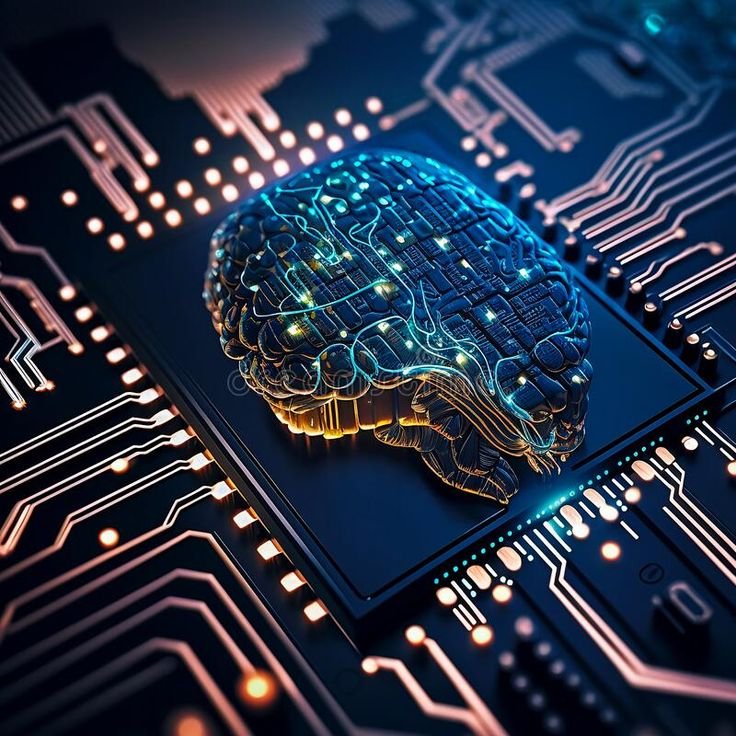AI in Cybersecurity: A Double-Edged Sword
Shahna Shirin

Artificial intelligence (AI) is becoming an essential tool in cybersecurity, offering advanced solutions to detect and prevent threats in ways that traditional systems cannot. However, this cutting-edge technology also presents risks, as cybercriminals can harness AI to launch more sophisticated attacks. This paradox of AI being both a defender and a potential threat underscores the complexity of its role in cybersecurity.
1. AI as a Cybersecurity Ally
AI is being deployed to bolster defenses by automating and enhancing various security functions:
- Advanced Threat Detection: AI can rapidly process vast amounts of data to identify unusual patterns, enabling it to detect threats in real-time. Machine learning algorithms learn from past attacks to improve their ability to recognize suspicious activity, making them effective at spotting zero-day vulnerabilities or detecting anomalies before they cause damage.
- Predictive Analytics: AI can help predict and prevent cyberattacks by analyzing trends and patterns in cyber threats. With predictive analytics, security teams can anticipate potential breaches before they happen, allowing them to strengthen defenses proactively.
- Automated Responses: AI-powered systems can automate responses to threats, reducing the time between detection and action. For example, AI can isolate an infected part of a network to prevent further spread or automatically apply patches to known vulnerabilities, reducing human involvement and response time.
2. AI as a Weapon for Cybercriminals
While AI strengthens defense mechanisms, it also opens new doors for cyber attackers:
- AI-Driven Attacks: Cybercriminals are leveraging AI to create more complex and adaptive attacks. AI can be used to bypass traditional security systems by mimicking normal user behavior, making malicious activity harder to detect. AI-generated malware can learn and evolve, making it more resilient to countermeasures.
- Automating Cybercrime: Just as AI helps security teams automate defenses, attackers can use AI to automate cyberattacks. Phishing campaigns, for instance, can be tailored by AI to personalize emails based on gathered data, making them more convincing and increasing the chances of success.
- Deepfakes and Social Engineering: AI technologies like deepfakes—realistic, AI-generated fake videos or audio—can be weaponized for social engineering attacks. These tools can deceive individuals or organizations into providing sensitive information, believing they are interacting with a trusted source.
3. Challenges and Ethical Considerations
The dual nature of AI in cybersecurity brings challenges and ethical concerns that need to be addressed:
- Bias and False Positives: AI models can sometimes produce false positives, identifying legitimate activities as threats. This could lead to unnecessary interruptions in business operations. Moreover, if AI systems are trained on biased datasets, they may overlook certain threats or disproportionately target specific user groups.
- Lack of Human Oversight: While AI can automate many processes, removing humans from the decision-making loop entirely can be risky. Human oversight is essential for ensuring that AI systems make ethical and accurate decisions, especially when facing complex or ambiguous situations.
- Arms Race Between Attackers and Defenders: As AI evolves, so does its potential for misuse. This leads to a cybersecurity arms race where both defenders and attackers continuously improve their AI capabilities. Staying ahead of attackers requires constant innovation and collaboration within the cybersecurity community.
AI in cybersecurity is undeniably powerful, offering the ability to defend against sophisticated attacks in real-time and providing predictive insights to prevent future breaches. However, this same technology is being exploited by cybercriminals to develop more advanced, difficult-to-detect attacks. To fully harness the potential of AI while minimizing risks, organizations must strike a balance between leveraging AI’s capabilities and maintaining human oversight. As AI continues to shape the future of cybersecurity, it is clear that it will remain both a critical asset and a potential threat.



